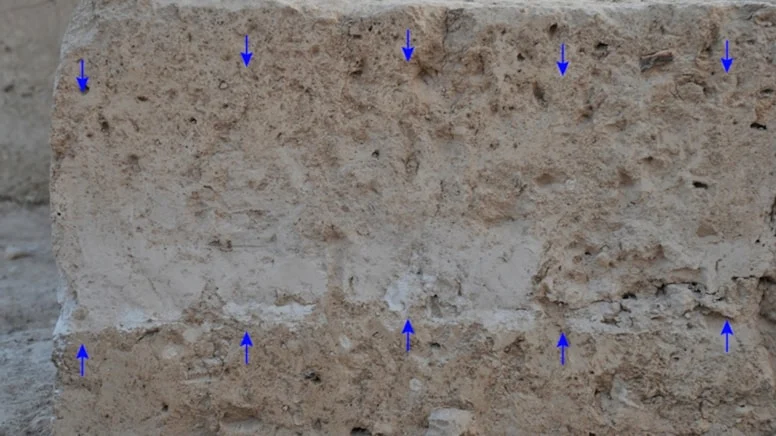
The Mystery of 3,500-Year-Old Ashes in Anatolia Unveiled
In 2023, excavations at Tepecik Mound in the Çine district of Aydın, Türkiye, revealed a significant layer of dense ash. Due to the color and composition of the ash, the research team hypothesized that it might be linked to a volcanic eruption. To confirm their findings, they sent samples to the Atomic Institute of Vienna University of Technology for analysis.
The report published by researchers at Vienna University of Technology revealed a surprising conclusion. The analysis indicated that the ash found at Tepecik Mound originated from the massive volcanic eruption that occurred on Santorini Island approximately 3,500 years ago.
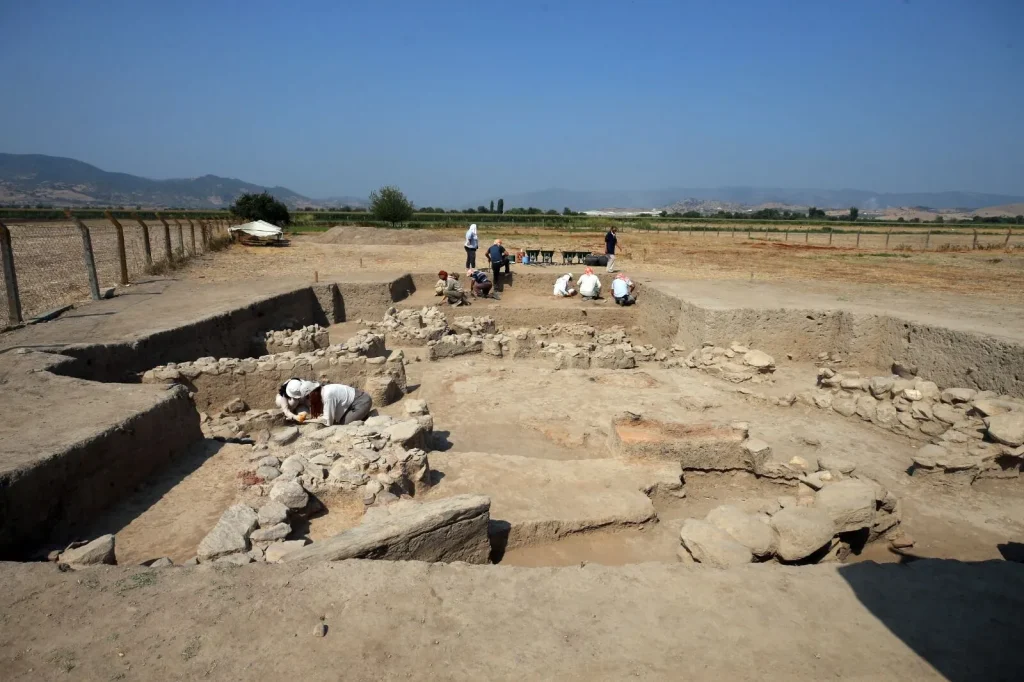
The excavations at Tepecik Mound are led by Prof. Dr. Sevinç Günel from the Department of Archaeology at Hacettepe University. This site boasts a history of around 7,500 years, with findings that span from the Neolithic period to the Late Bronze Age. The mound provides valuable insights into the early settlements of the Aegean region.
A scientific paper detailing the similarities between the ash and volcanic materials from Santorini was published in the international archaeology journal Anatolica last December. Prof. Dr. Sevinç Günel noted that the effects of the volcanic eruption in Santorini around 1500 BCE were felt from Western Anatolia to the Eastern Mediterranean.
Günel clarified that the ash discovered during the excavations was not related to any local fires. The volcanic ash contained crystal-like glass fragments that are difficult to see with the naked eye, indicating its volcanic origin. She emphasized that the volcanic ash at Tepecik Mound is extensive and forms a thick layer.
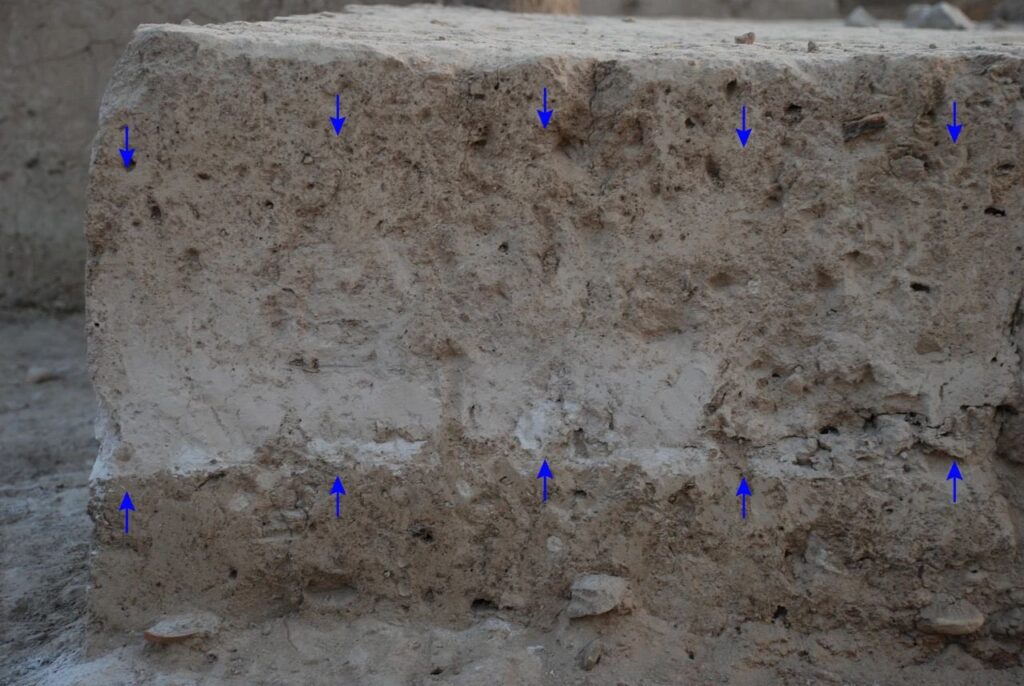
“The analysis of these ashes was conducted at the Atomic Institute of Vienna University of Technology, and the results reflected similar elements to those found in Santorini ash. We chose this laboratory because they possess research and databases related to the Santorini volcano, allowing us to obtain definitive results,” Günel explained.
In the area where structural remains were found, the ash covered pottery linked to architecture and even revealed the remains of an adult individual. The analysis results confirming the presence of Santorini ash highlight the destruction caused by the volcanic eruption and subsequent earthquakes that occurred 3,500 years ago.
This groundbreaking discovery at Tepecik Mound not only enhances our understanding of ancient volcanic activity but also sheds light on the historical connections between regions affected by such natural disasters. Stay tuned for more updates on this fascinating archaeological find.
You may also like
- A 1700-year-old statue of Pan unearthed during the excavations at Polyeuktos in İstanbul
- The granary was found in the ancient city of Sebaste, founded by the first Roman emperor Augustus
- Donalar Kale Kapı Rock Tomb or Donalar Rock Tomb
- Theater emerges as works continue in ancient city of Perinthos
- Urartian King Argishti’s bronze shield revealed the name of an unknown country
- The religious center of Lycia, the ancient city of Letoon
- Who were the Luwians?
- A new study brings a fresh perspective on the Anatolian origin of the Indo-European languages
- Perhaps the oldest thermal treatment center in the world, which has been in continuous use for 2000 years -Basilica Therma Roman Bath or King’s Daughter-
- The largest synagogue of the ancient world, located in the ancient city of Sardis, is being restored

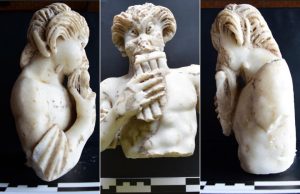
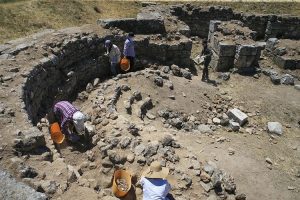
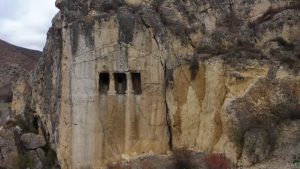
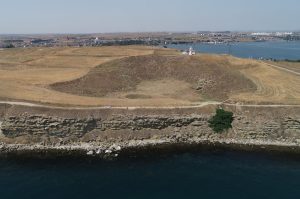
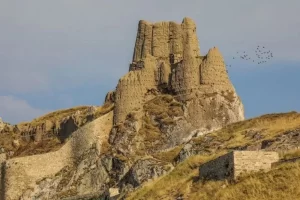
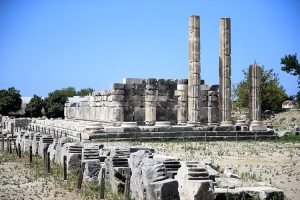


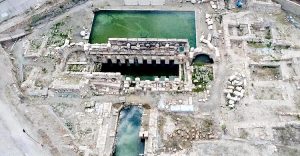
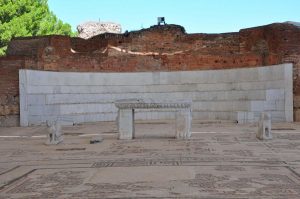
Leave a Reply